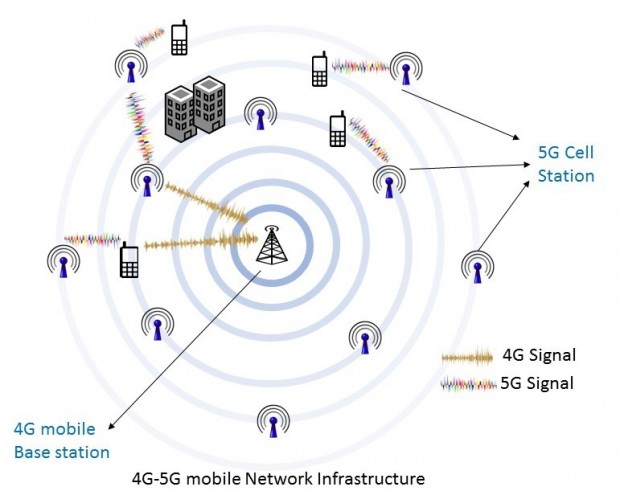
When cars were analogue and mechanical, all we had to fear was a face to face hold up. Any connected car is a smart car-like "Swiss Cheese" with holes waiting for a breach. The solution as recommended, by Consumer Watchdog is to slap in a "Kill Switch".
When cars were analogue and mechanical, all we had to fear was a face to face hold up. Any connected car is a smart car-like "Swiss Cheese", with holes waiting for a breach. The solution as recommended, by Consumer Watchdog is to slap in a "Kill Switch". If all fails, then just physically disconnect the car from the V2X or IoT. This is last-ditch, or the first option?
Carmakers are enlisting third parties to write the software, firmware, also letting the developer get a go at open-source software. Constant updates on the hardware's firmware are needed, to fortify the electronic functions. Everyone with a smart and connected car is staring at the barrel of a network breach.
Connected via V2X and IoT is more than a Trojan Horse
The famous "Jeep Hack" is akin to the Twin Towers of the electronic heists. It was a cakewalk without a holdup. Just hack into the system via the infotainment, or get in via an over the air (OTA) update, or enter via connected devices and through external infrastructure.
Best of all is the embedded modem in the car's hardware that is included. Addition of it into the car architecture is scary. Embedded modem and breach-prone network is a hacker Disney Land. But, keeping both secure is a chief objective. Connected environments to very privy to what it links up with.
Thought to be a static and one-off deal is a big mistake. Having encrypted data, passwords to access, and certificates for verification has expanded the network. Evolution of smart car connectivity is fast, with 5G coming too. Outer connectivity and intra-connectivity within the systems of the car are outpacing the creators.
Consumer Watchdog summarizes the current state is not the boy cried wolf. Security for automotive networks must be paramount. Breaches are getting more sophisticate from the initial intrusion, to the successive soft spots that allow entry. If one entry is blocked, then another way is found.
Whether it is acknowledged or denied it does not matter. What does is providing the best security for automotive networks.
Kill Switch is needed
Everyone realized the "Jeep Hack" was the sum of a smart car's vulnerabilities. Attacking remotely any smart car is like child's play, to bigger prizes. Security is a hot topic spawning the Auto-ISAC wherein all current threats are shared with everyone. Cybersecurity is a great concern that many companies want to be a player in automotive security.
One trend is ransomware that targets software in institutions, hospitals, and anything that has a computer system. Far easier than physically endangering yourself by committing it physically. In a car network, this would be deadly.
Placing a kill switch in a connected car's outer and infra network is the wisest choice for everyone. If there is something wrong with it, "press" it. Without it and the car network continues to evolve, there will be problems of safety and security. Automotive connectivity is cutting edge, but navigating the application is another concern altogether. We need a Kill Switch soon.
.
See Now: OnePlus 6: How Different Will It Be From OnePlus 5?



























